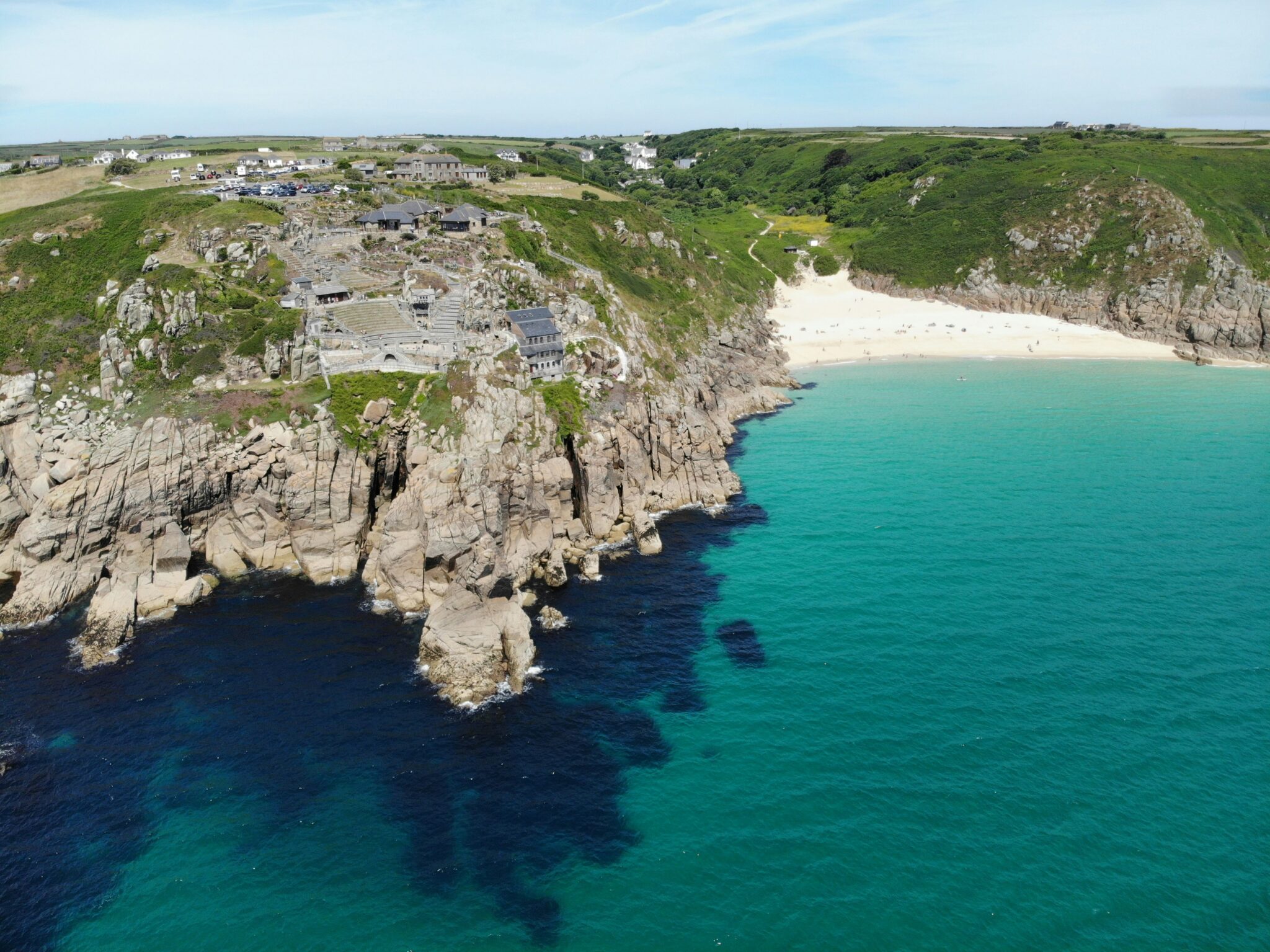Plymouth was so badly bombed in the Blitz that when it came to post-war reconstruction, the planners decided they would forget much of the old street plan and create something completely new.
The city that rose from the Nazi-wrought destruction was focused on two grand boulevards: Armada Way, running north-south in a direct line from the railway station to the Hoe, and Royal Parade, stretching east-west, with one side allocated to shops and the other dedicated to civic affairs and entertainment.
The men responsible for the redevelopment, distinguished town planner Patrick Abercrombie and city engineer James Paton Watson, allocated everything a zone – including faith. Along Notte Street a series of new places of worship were constructed, the most impressive being Sir Giles Gilbert Scott’s Catholic Church of Christ the King. Scott was an accomplished and sophisticated ecclesiastical architect, and he created a highly distinguished building of sand-coloured brick, with a soaring campanile. It was his last project, consecrated in October 1962, some 18 months after his death.
I have been writing a book about Cornwall, which takes my childhood days there as its starting point. I have included Plymouth as one of my subjects. It was our “big city” – an exciting metropolis to be visited as often as possible.
Cornwall’s towns had narrow streets, lined with small family-run businesses, little in the way of high culture and populations that could be counted in the low tens of thousands. Plymouth was a city of a quarter of a million people with professional theatre, grand department stores and television studios.
Less than two hours away, its broad avenues were thronged with people going about their business with an energy that, to a teenager, seemed rather lacking on our side of the River Tamar.
And I fell in love with the look of the place – its confident, elegant new architecture and its street plan inspired by Walter Burley Griffin’s Canberra and Edwin Lutyens’s Delhi, a layout best seen from the 14th-floor viewing platform of the Civic Centre, a confident example of early 1960s municipal modernism.
Cornwall is my home, but London is where I live. Radio Three kindly let me broadcast my morning programme from the BBC studio in Truro from time to time, but any suggestion I might go there for good is met with a firm shake of management heads. Fair enough – broadcasting is about teamwork; the best projects are realised when people get together to throw raw ideas around, and then gradually refine them into something that will make satisfying listening. That can just about be done on Zoom or Teams, but it works so much better when everyone is together in the room.
I am lucky in having family I can stay with in Cornwall. When I get home, the first thing I do is walk what we have always called “the circuit”: a route along a series of rarely-trav-ersed lanes on the Lizard Peninsula. The walk takes about an hour, richly satisfying on a close summer’s day, or in autumn when the accumulation of golden-brown leaf mulch makes passage slippery underfoot.
It is equally pleasing on a crisp November night as the frost prepares to make its entrance and the stars shine bright through the trees; or on a January afternoon when wet, salty mist blows across an outcrop of land surrounded by the sea on three sides. My most recent “circuit” was in May, when the Cornish hedges were rich with flowers – hazy bluebells, red campion, buttery-yellow primroses, cow parsley standing erect after a night of rain.
Sir Malcolm Arnold and Joseph Emidy are two musicians who feature in my book. Arnold lived near Padstow for seven years from 1965; he came to Cornwall on an unsuccessful search for sobriety, but wrote several key works here, including what I think is one of his masterpieces, <em>Four Cornish Dances</em>, which was premiered at the 1966 BBC Proms.
Emidy wrote quartets, quintets, concertos and symphonies at his house in Truro, where he settled in the early 19th century. Born in Guinea in West Africa, he was enslaved and taken to Brazil and then to Lisbon, where his musical talent was spotted. He secured an orchestral job before being press-ganged into service on a Naval ship. Finally freed in Falmouth in 1799, Emidy became Cornwall’s de-facto <em>Kapellmeister</em>, playing as a soloist and leading the orchestra in Truro’s Assembly Rooms. Contemporary accounts of his life list a series of works he composed – all of them now lost. Perhaps one of his scores fell behind a bookcase or is neatly tied-up with string, yellowing and forgotten in a Cornish attic. The thought of one day hearing Emidy’s music performed again is tantalising.
<em>Petroc Trelawny presents Breakfast on BBC Radio 3. His book T</em>relawny’s Cornwall – A Journey Through Western Lands<em> is published by Weidenfeld & Nicolson</em>



